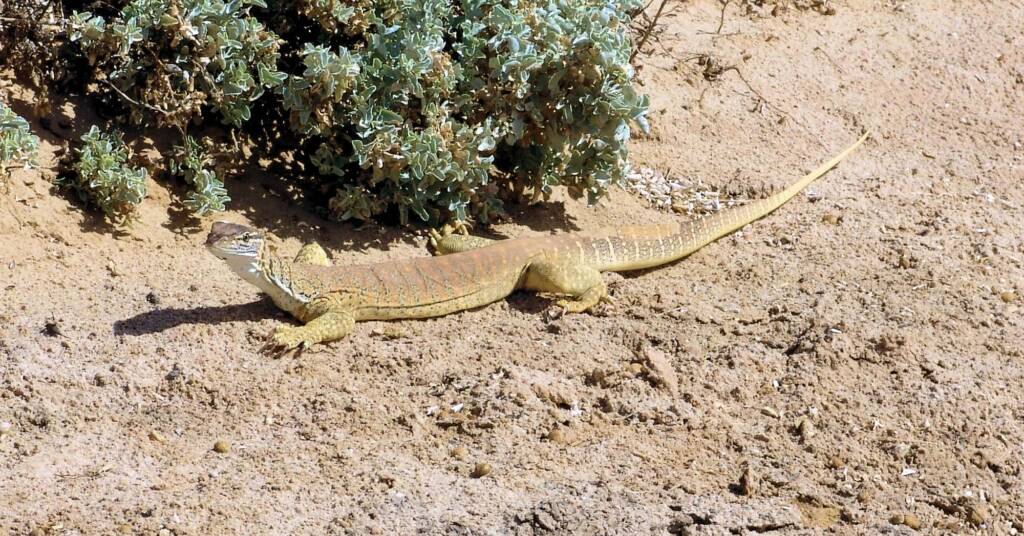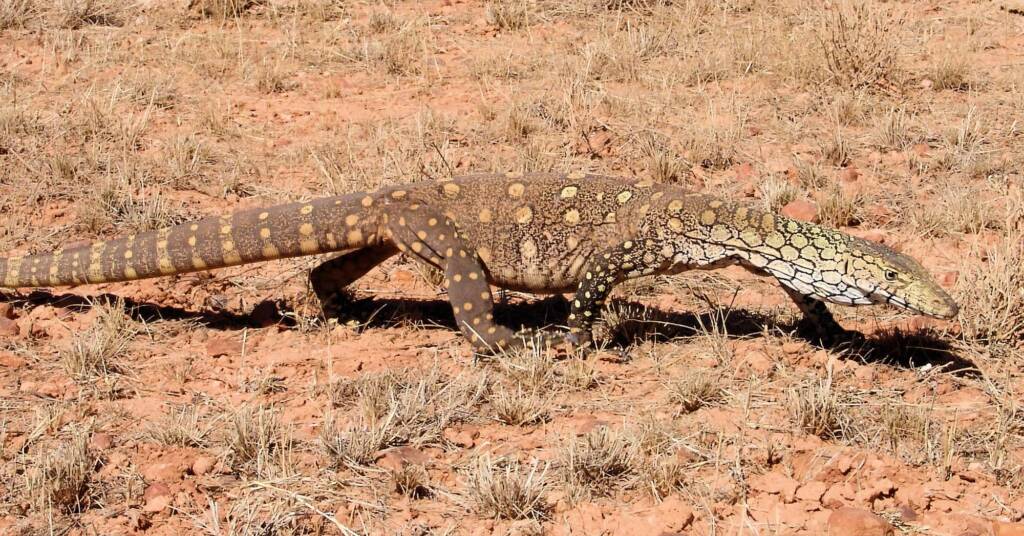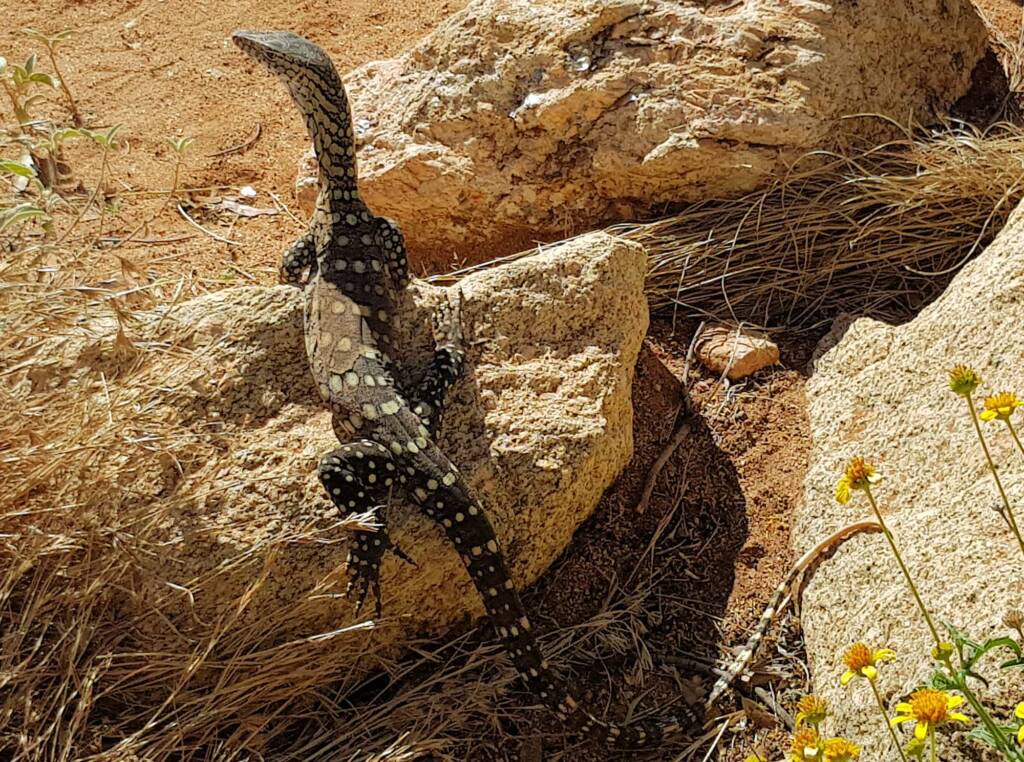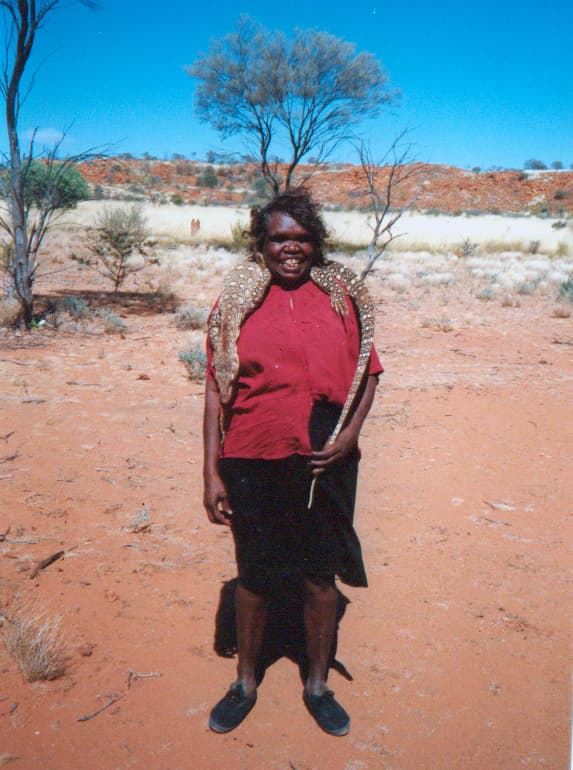Goanna, Monitor, PerentieBlack Headed Goanna Perentie Pygmy Mulga Goanna Sand Goanna
There are approximately 80 plus species of the genus Varanus belonging to the family Varanidae found in Africa, Asia, Western Pacific and Australia, with Australia home to about 26 species.
Goanna refers to some species of lizards of the genus Varanus, that is described as ‘monitors’ worldwide, whilst in Australia they are more commonly called ‘goannas’. Seen by the early white settlers, the word ‘goanna’ is thought to have been derived from ‘iguana’ (which were familiar to them as the lizards found in South America).

The word ‘goanna’ is sometimes used interchangeably to describe monitors and perenties by the aboriginal people, as well as being a term in general to describe the various reptiles that have goanna as part of their common name.
Some goanna species are know by multiple names such as the Sand Goanna, which is also known as the Gould’s Goanna.
Goannas are a varied group of carnivorous reptiles, consuming almost anything that can be caught and eaten. The small species mainly feed on invertebrates, other small reptiles, frogs and bird’s eggs. The large goannas are often found scavenging feeding on carrion, especially road kill.

In late 2005, University of Melbourne researchers discovered that perenties and goannas and other monitors are venomous, sharing a common venomous ancestor with snakes.1
Whilst it is rare to see these types of reptiles in major towns and cities, those travelling into Australia’s outback region, depending on the time of day and year, will often see a variety of reptiles and if you are lucky, the larger goannas and perenties, especially in the more arid desert regions.

The goanna and perentie are part of the Indigenous culture’s bush foods. Up in the northern parts of Australia, they are threatened by the advance of the cane toad, with anecdotal evidence in Queensland showing severe declines in population of a variety of goannas and monitors.2

Goannas and perenties also feature in many aboriginal artwork, represented by symbols, drawn in stylised or realistic depictions. There are aboriginal dreamtime stories about the goanna and perentie, including the one on how How the Perentie and Goanna got their Colours by Trephina Sultan.

There is also a popular sculpture in Alice Springs, Atyunpe – Perentie by artist Dan Murphy.

- Scientific classification
- Kingdom: Animalia
- Phylum: Chordata
- Class: Reptilia
- Order: Squamata
- Family: Varanidae
- Genus: Varanus
Footnote & References
- Goanna venom rocks the reptile record, The University of Melbourne, UniNews Vol. 14, No. 22, 28 November – 12 December 2005
- Australian Government > Threatened species & ecological communities: The biological effects, including lethal toxic ingestion, caused by Cane Toads (Bufo marinus). Retrieved 4 August 2012
Goanna, Monitor, PerentieBlack Headed Goanna Perentie Pygmy Mulga Goanna Sand Goanna
ReptilesCentral Netted Dragon Ctenotus leonhardii Ctenotus saxatilis Crocodile Geckos Gidgee Skink Goanna, Monitor, Perentie Inland Bearded Dragon Lined Firetail Skink Long-nose Dragon Serpentes Thorny Devil Yellow-Bellied Water Skink (Eulamprus heatwolei)
